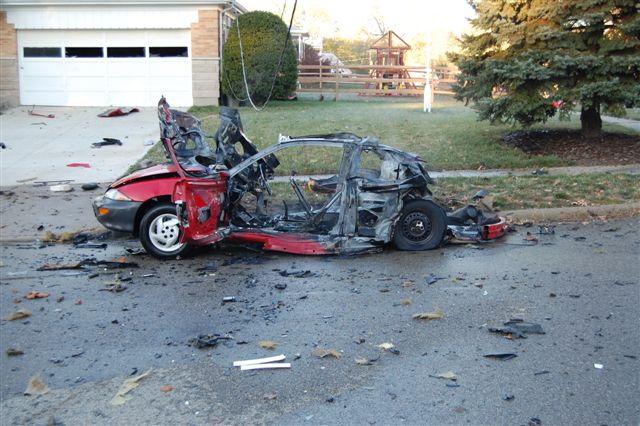Rob, it sounds like someone told you a fib, in order to keep you hooked on the bottle renting scam. I promise you that rental bottles take just as much abuse, or even more abuse, than owner bottles.
US welding gas bottles must be hydrostatically tested every five years. If a bottle has reduced strength from corrosion, or metal fatigue, it will fail hydro – and the bottle will be removed from service.
Acetylene bottles are low pressure – about 200 psig is typical. Acetylene bottles are visually inspected by the gas fillers every time the bottle is refilled. The lead plugs are inspected, which are designed to melt and intentionally release the acetylene during a fire – which is a proven explosion preventative measure. Also, the bottles are submerged in water during the filling process, to keep them cool, because filling Acetyylene bottles produces dangerous heat that must be removed. (Which is more wet than the rain).
US welding bottles are DOT approved, which means they are designed to survive transportation accidents at freeway speeds. Picture a fully loaded gas bottle delivery truck smashing into a bridge support, resulting in welding bottles flying all over the road at freeway speeds. Then the bottles get hit by other cars moving at freeway speeds. This type of accident statistically happens once or twice a year in US – without issue.
The biggest problem I have with “owner” bottles is that when the bottle comes due for hydro, the welding shop makes the customer pay the hydro recertification fees. I’ll eat the cost every now and then, as we all have to do our part in supporting the economy. However when I exchange bottles, I check the hydro expiration date. If you are accepting a bottle that expires in less than a year, you better use the gas quickly, or be prepared to pay a hydro fee. There is a remote chance that the bottle will actually fail hydro, in which case you eat the replacement cost of the bottle. Thus if you are an occasional gas user, request a different bottle with a more recent hydro certification. If the welding store is unwilling to work with you, find another store. (You know the game).
I have an old oxygen bottle out in the garage where the original hydro stamp is dated 1943, right next to a USN property stamp. I live in a Navy community, and when the old ships are decommissioned, the Navy releases their welding bottles to the public market (they auction them off in bulk to the welding gas companies). It’s pretty cool. Point being that this bottle has had the crap beat out of it for the past 69 years - 40 of those years by US Navy Sailors - and the bottle is still passing hydro just fine.























































![MeshMagic 3D Free 3D Modeling Software [Download]](https://m.media-amazon.com/images/I/B1U+p8ewjGS._SL500_.png)












![DreamPlan Home Design and Landscaping Software Free for Windows [PC Download]](https://m.media-amazon.com/images/I/51kvZH2dVLL._SL500_.jpg)




![TurboCAD 2020 Designer [PC Download]](https://m.media-amazon.com/images/I/51UKfAHH1LL._SL500_.jpg)

